The red fox, the most feline of the canids
Although it is classed as part of the big Canidae (or canid) family – which includes wolves, coyotes and dogs – the red fox (Vulpes vulpes) is related to cats by some traits of its behaviour and some physical characteristics.
The red fox is, in size, between the Arctic fox and the coyote. Like the domestic cat, it is found everywhere on the planet, often close to human settlement, notably in North America, Eurasia and Australia. It has several distinct coats: the common red; the silver, the black and the cross (a cross between red and silver). But all have a white tip at the end of the tail, and black at the ends of the feet.
Foxes have strong, elastic, flexible claws similar to those of cats and, like cats, can partially retract their claws to avoid too much wear. Foxes can also climb trees and steep cliffs.
Like cats’ eyes, the eyes of red foxes have a vertical pupil which permits better light capture in low light conditions. The fox also has long, sensitive whiskers and, as with cats, its tongue is covered with rough bumps. With its excellent hearing, it can pick up the cries of a vole from beneath a metre of snow.
Whereas wolves hunt in packs and chase their victim, the fox tracks its prey alone and leaps on it like a cat. It is omnivorous, adapting to almost anything edible: small mammals, birds, insects, amphibians and reptiles, all kinds of fruits and nuts, carrion and household garbage.
When threatened, the red fox arches its back and tail, bristles its coat like a cat and presents its body in profile to look more impressive. Known by reputation for its cunning, curiosity and intelligence, the red fox has prospered in spite of being subject to fierce persecution.
While it is considered by some to be a nuisance, it contributes to biodiversity enrichment and the control of small animals. This winter, keep your eyes open and you may see the dotted tracks and tapered droppings of a red fox in a
snowy field or on the ice of a stream, lake or river.
More from this author by clicking on his photo below.


Jacques Prescott131 Posts
Jacques Prescott est biologiste, professeur associé à la Chaire en éco-conseil de l’Université du Québec à Chicoutimi. Spécialiste de la biodiversité et du développement durable, il est l’auteur de nombreux livres et articles sur la faune et la conservation de la nature. Il nous fait l’honneur de rejoindre notre équipe de collaborateurs et signera chaque mois une chronique intitulée Faune et flore. / Jacques Prescott is a biologist, associate professor with the Chair in Eco-Counselling of the Université du Québec à Chicoutimi. A specialist in biodiversity and sustainable development, he is the author of numerous books and articles about wildlife and nature conservation. He has honoured us by joining our team of contributors and will write a monthly column entitled Wildlife and Habitat.
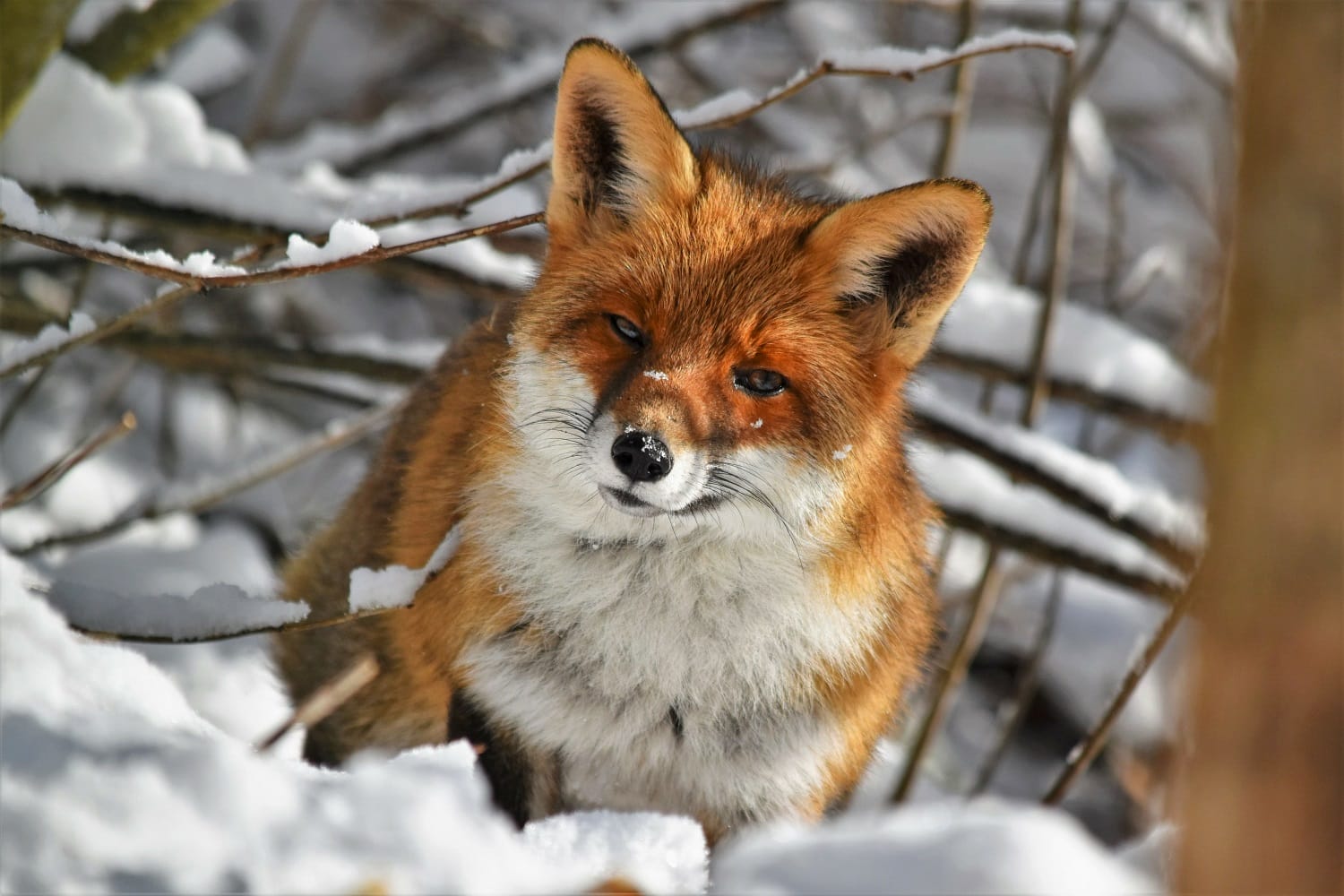


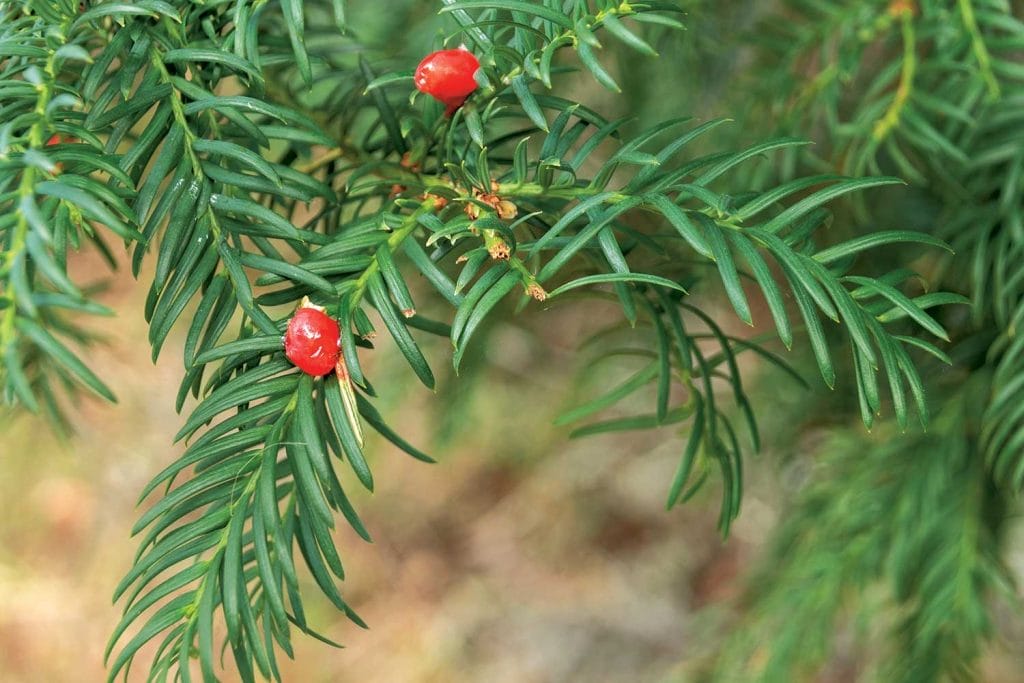
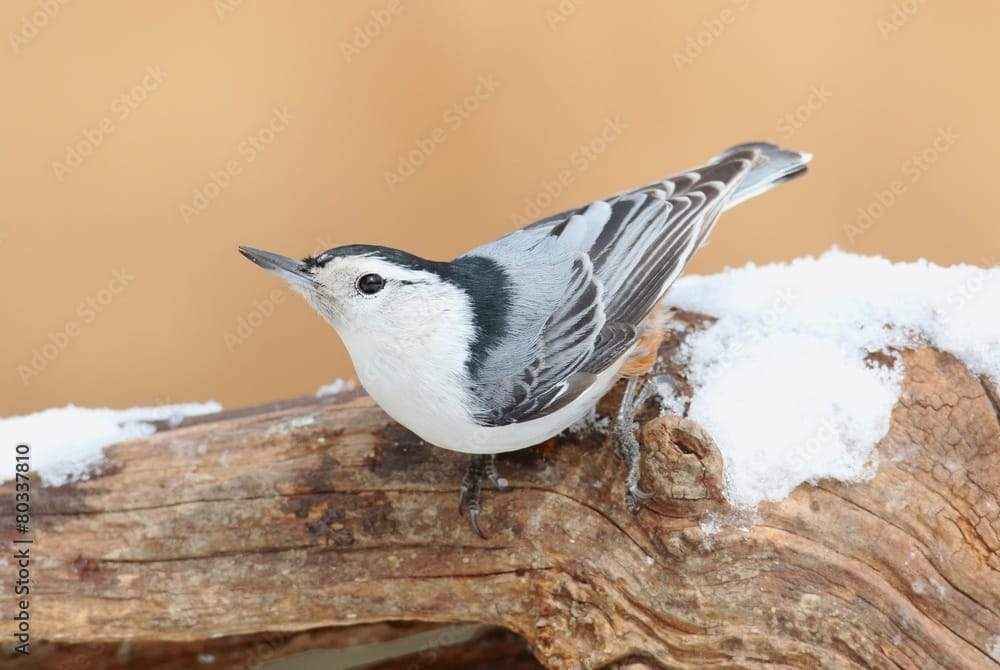
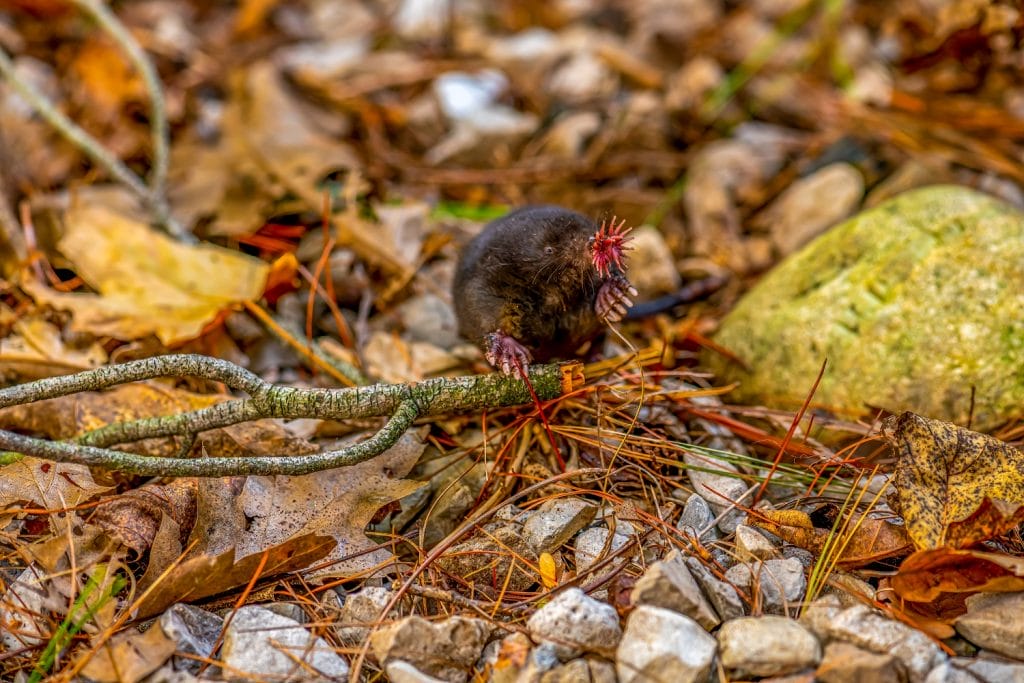
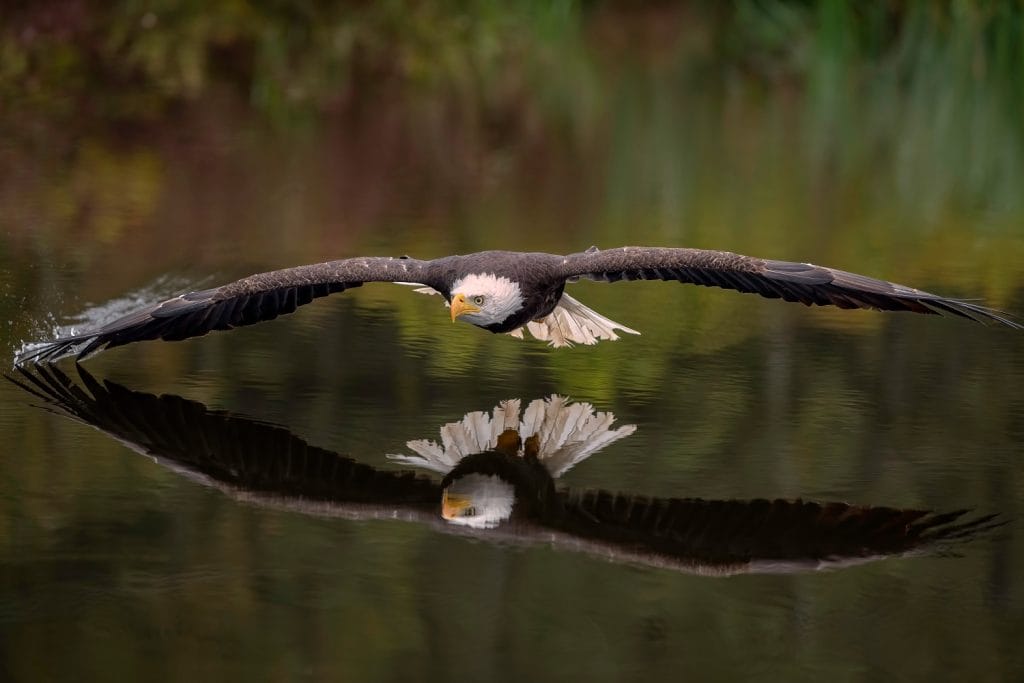


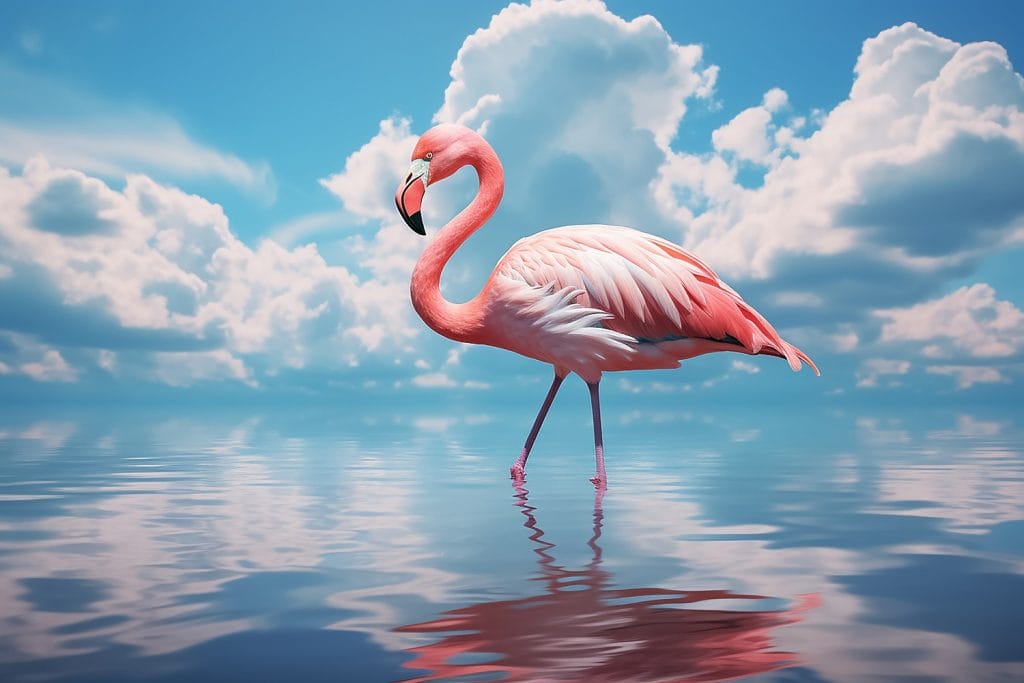
0 Comments